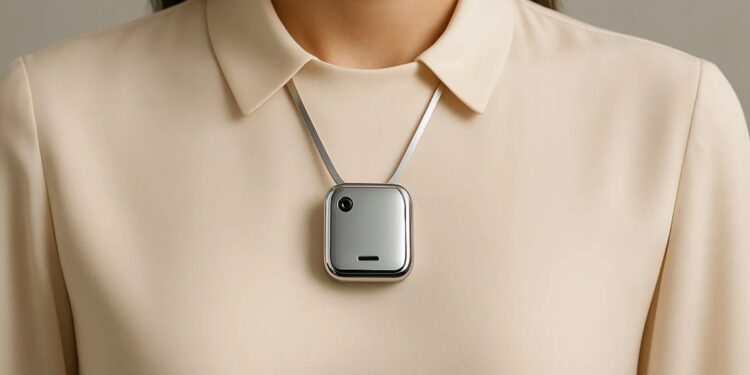AI device from OpenAI and iconic designer Jony Ive is launching next year, says Kuo Ming-Chi Kuo, legendary TF International Securities analyst and information leaks source.
The company’s first offerings are forecast to be delivered in 2026, in what constitutes OpenAI’s largest hardware effort.
This comes hot on the heels of news of OpenAI having acquired Jony Ive’s startup “io” in a deal rumored to be worth ~$6.5BN. The acquisition signals OpenAI’s goal to go beyond its software-first strategy, as seen with ChatGPT, to establish a new category of personal AI device.
Per Kuo’s scoop on X (the website that is most definitely not Twitter any more) the AI device in question is a little bigger than Humane’s AI Pin, but it’s going for a similar sort of svelte, sexy design – something along the lines of an iPod Shuffle.
The device will be worn on the neck and feature cameras and microphones to understand its surroundings, allowing users to experience contextual awareness — one of the hallmark capabilities of the new ambient AI device class.
The new device will be quite unlike a smartphone or a conventional wearable, in that it won’t have a screen. It won’t have much processing power or information storage capacity on-board; it’ll depend on some outside device, like a smartphone or personal computer, to process information or provide feedback.
The basic idea is that there would be a voice-activated AI assistant which is continuously monitoring the world and would be interfacing it with the real world while doing all the more complicated tasks on other linked devices.
Kuo also has said that OpenAI has plans to produce the device off-shore of China, with Vietnam as the most likely location for assembly and shipping. The maneuver is part of the wider tech industry trend towards diversifying its supply chains to lessen geopolitical risk.
This collaboration with a powerhouse AI company and a design visionary paves the way for a new era of AI devices.
By combining AI with a screenless wearable device, OpenAI and Jony Ive are attempting to forge a new model for personal technology that could instead, to some extent, threaten the primacy of smartphones and, in doing so, how humans use artificial intelligence to lead their lives. The success of this gadget could help pave the way for a new paradigm of talking to AI that’s less reliant on screens.
















